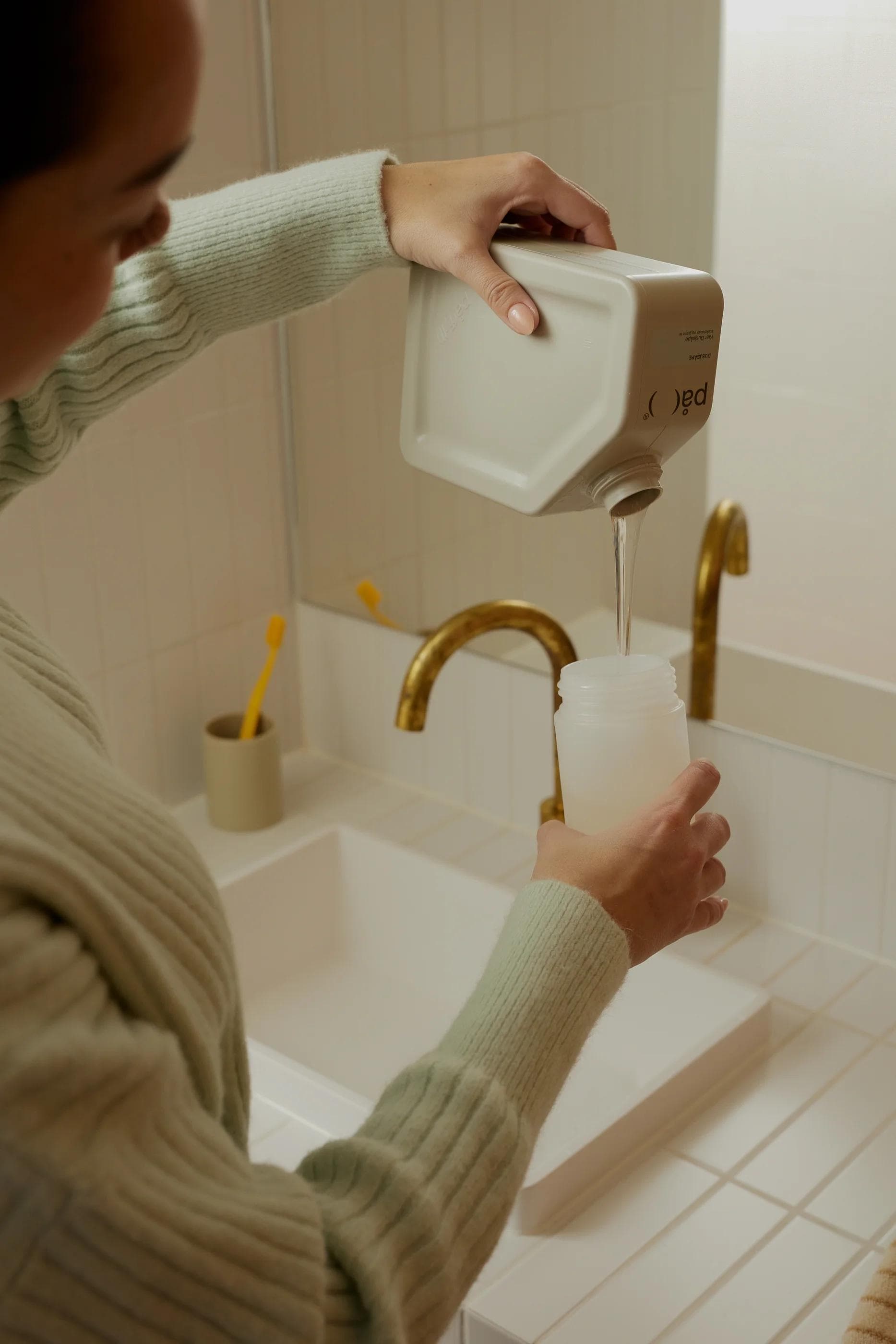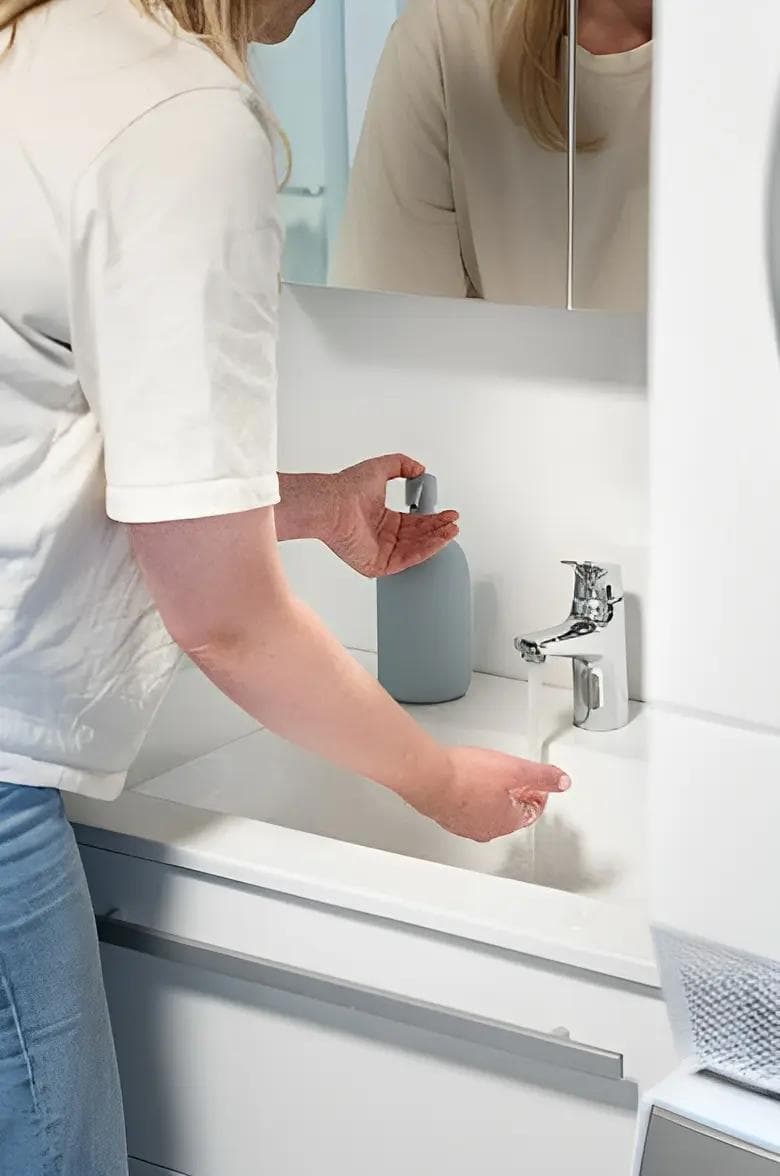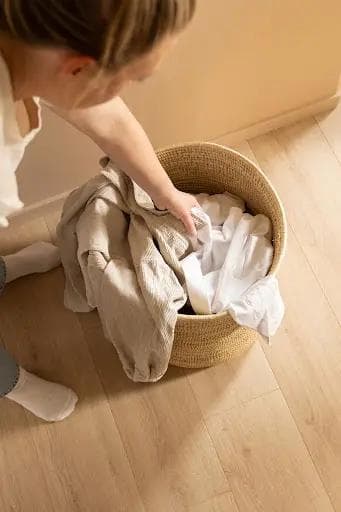The På(fyll) web shop is now closed. Thank you so much for being part of the journey.

We’ve shut down our webshop and ended the service. Thank you to everyone who joined us – cheered us on, tested, shared, and refilled. Read more about why we're closing, and what comes next.
Frequently asked questions
Why has På(fyll) shut down?
På(fyll) has given us valuable insight into how circular solutions can work in everyday life.
But changing habits takes time – and so does building the systems around a service like this. Unfortunately, we haven’t come as far as we hoped since we launched. That’s why we’ve chosen to end På(fyll) in its current form.
Can I still order products?
No, the webshop closed on June 26. But you’ll still find the same soaps, laundry detergents, and cleaning products in regular stores – just in standard packaging.
What should I do with my På(fyll) containers?
Feel free to reuse them – for plants, cleaning supplies, or whatever suits you. If you don’t have use for them, rinse and recycle. The plastic can still have a second life.
Will there be a new solution later?
There are no new services planned right now, but we’re taking everything we’ve learned from På(fyll) into our continued work on sustainability and circular product development.
What happens to my account?
Your data is stored in accordance with GDPR and accounting regulations. Any non-required customer data will be deleted.
Discover Our Products
Soap
Cleaning
Laundry detergent



